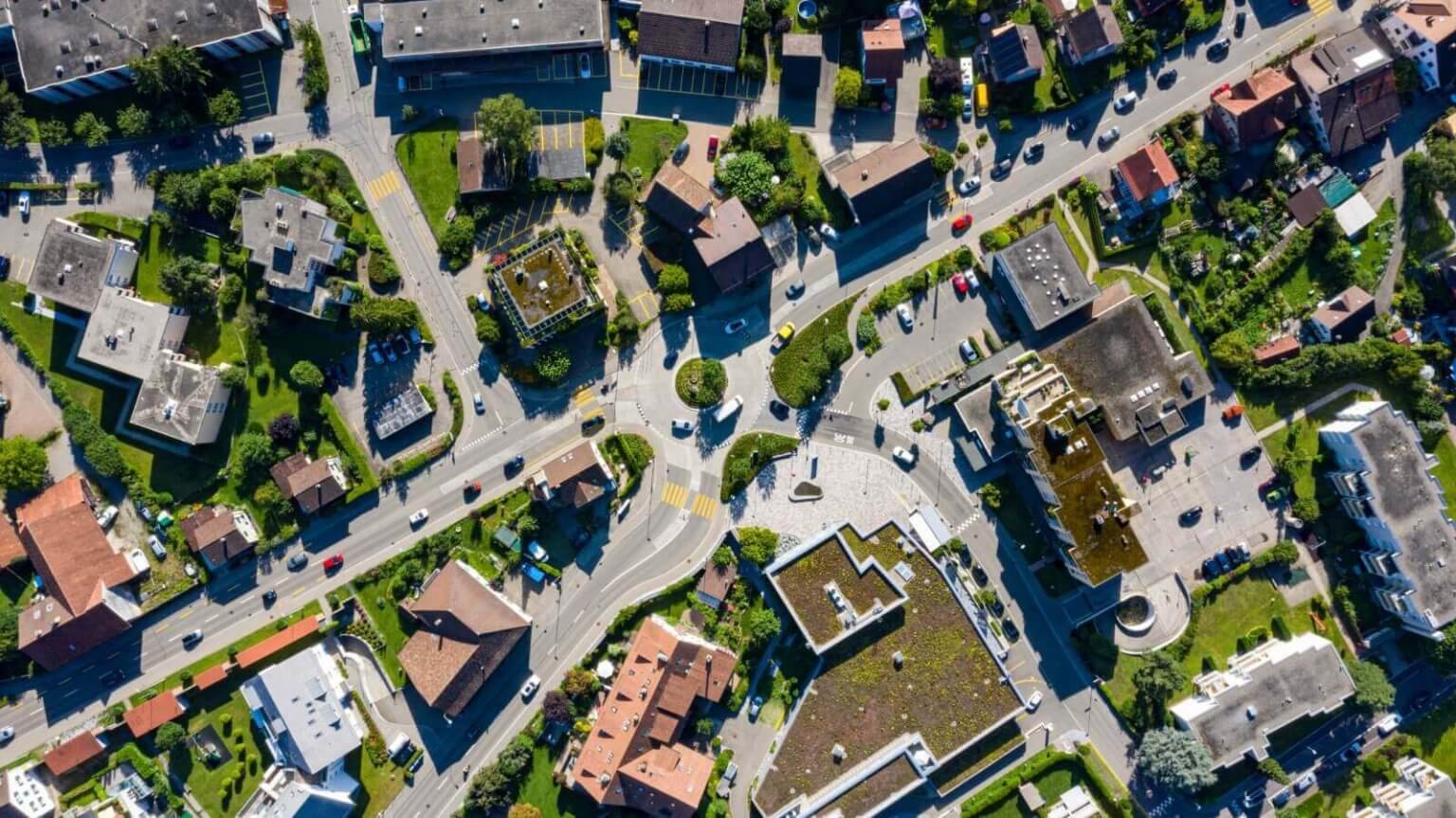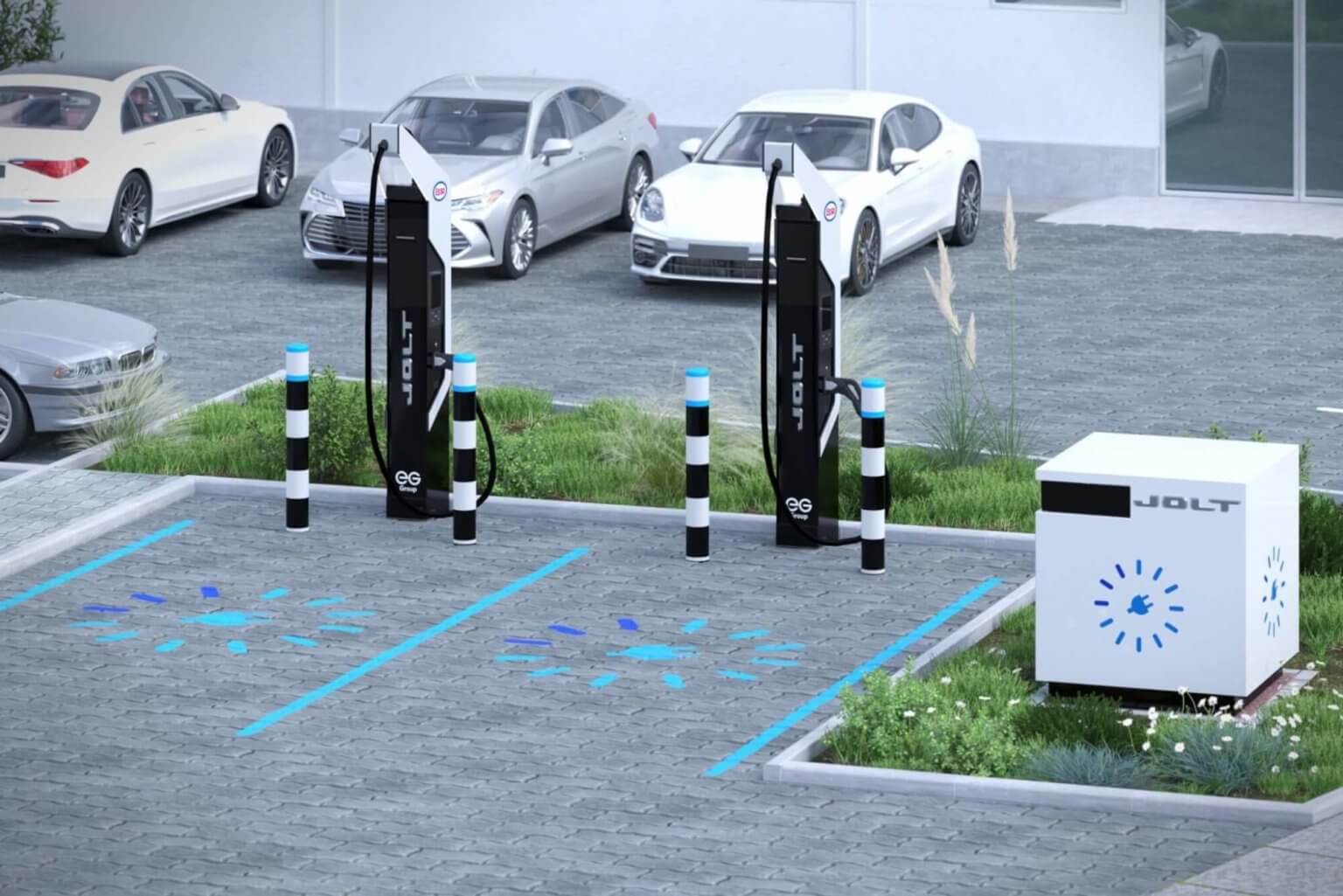
What’s the point of buying the latest technology in terms of an electric car and spending your evenings or weekends waiting for it to be charged on inadequate infrastructure?
Why AC-Charge (think dial-up modem) when your vehicle can DC-charge (think DSL)?
When we started JOLT a few years ago, our primary drive was to bring real-fast-charging into urban areas. At the time, we assumed our mobile charging concept was a niche product, which we would operate in a number of large cities in order to promote e-mobility.
In the meantime, we’ve learned that yes, the direction was correct, but in fact the problem is much greater.
In the European Union, automakers are being forced to adopt e-mobility as a consequence of the air quality issues, which we face. The EUs primary focus is on reducing CO2, technically favoring diesel cars over gasoline vehicles, which produce far more CO2. However, as the Diesel Crisis of 2015 demonstrated, nitrous oxide produced by diesel is more dangerous to short-term personal health than CO2.
For this reason, diesel powertrains have been sidelined by many automakers and their suppliers. They have shifted tens of billions of Euro in resources to making e-mobility happen. 300 new vehicles are expected to reach the European market in the next few years.
We realized that around 72% of central Europeans (>60% elsewhere) live in cities and suburbs. If the governments and car makers want us to buy e-cars, they need to make sure that e-mobility is at least as attractive as conventional powertrains.
The reality is actually different. Many cities and utilities have adopted the approach of installing fairly low-tech AC-chargers on their streets. The attitude is that they have done their part to promote e-mobility. In reality, this is not true and potentially counter-productive.
While AC-chargers can charge e-cars, this in reality is only notional. The charging time of an AC-charger relative to the potential charging time of the car remains at 10-20%. In other words, most new e-cars can DC charge 200 km in 20 minutes. These would need between 2 and 4 hours on a municipal AC charger. To use another analogy, AC charging can be likened to old Internet dial-up modems, while DC-charging can be likened to DSL Internet access.
While many people would say, “AC-charging is fine for me”, the fact is that these chargers quickly reach their capacity. Each AC-charger can realistically charge only 4 e-cars (up to 200 km) per day. Drivers are reluctant to run down every few hours to repark their vehicles, particularly at night.
Therefore, a city with 500 municipal AC-chargers can charge, best case, a population of around 17,500 vehicles. Here in Munich, for example, we currently have 800,000 passenger cars and the city is planning a charging capacity for only 35,000 electric vehicles or less than 10% of all passenger vehicles at full capacity.
The other misconception is that drivers will charge at home. Firstly, this assumes that most people live in a house or an apartment building with dedicated parking – not true. Even those who are lucky enough to have dedicated parking are not assured of the ability to charge at home.
Most apartment buildings do not have the electrical infrastructure to provide all their parking spaces with sufficient electricity capacity to charge e-cars. Usually only a limited number of charging spaces can be provided.
Regarding private homes, this is also complicated. Our suburbs and cities were built with an electrical infrastructure limited to household and light commercial (retail, offices etc.) power requirements. Electric vehicles were never considered. This means that the power-grid does not have the capacity to charge e-cars, as well as handling normal electrical demand.
We have heard many stories recently of utilities refusing permission to install AC-chargers at homes, because chargers have already been installed in other homes (or on the streets!) in the neighborhood. Utilities fear over-demand, tripping circuit breakers and power outages.
In conclusion, AC-charging remains one solution to urban EV-charging. However, its effectiveness has been clearly exaggerated for business and political reasons. There are clear restraints in terms of charging power and the number of units which can be installed on streets, businesses or private homes, not to mention, it being extremely inconvenient.
Again: Why AC-Charge (think dial-up modem) when your vehicle can DC-charge (think DSL)?



